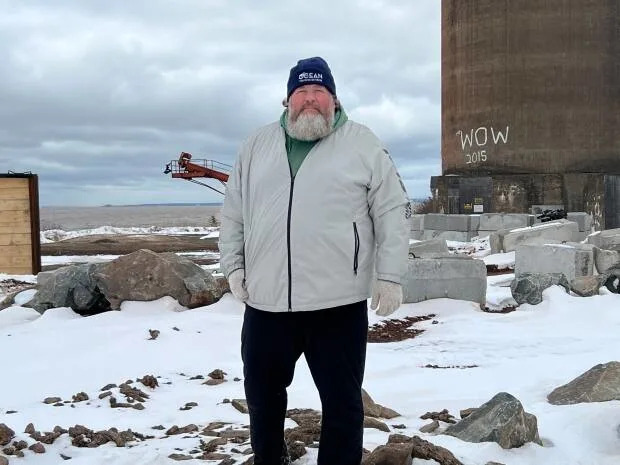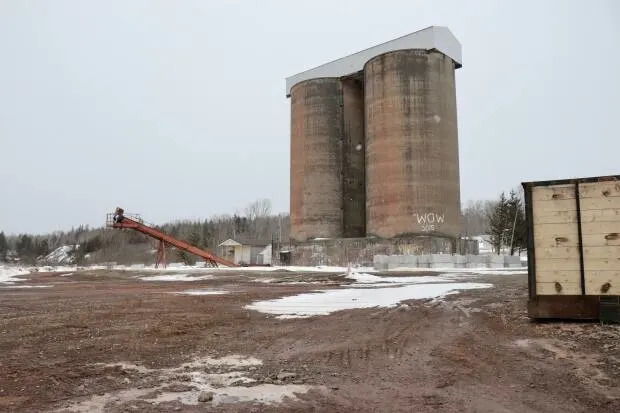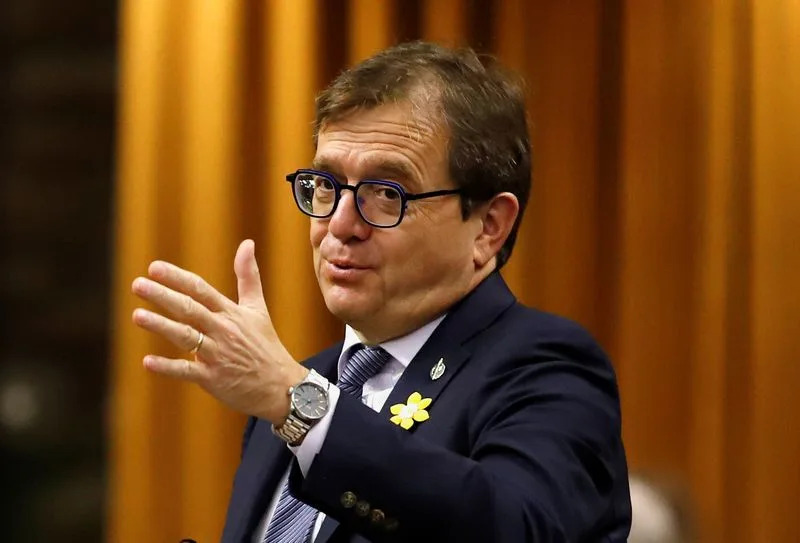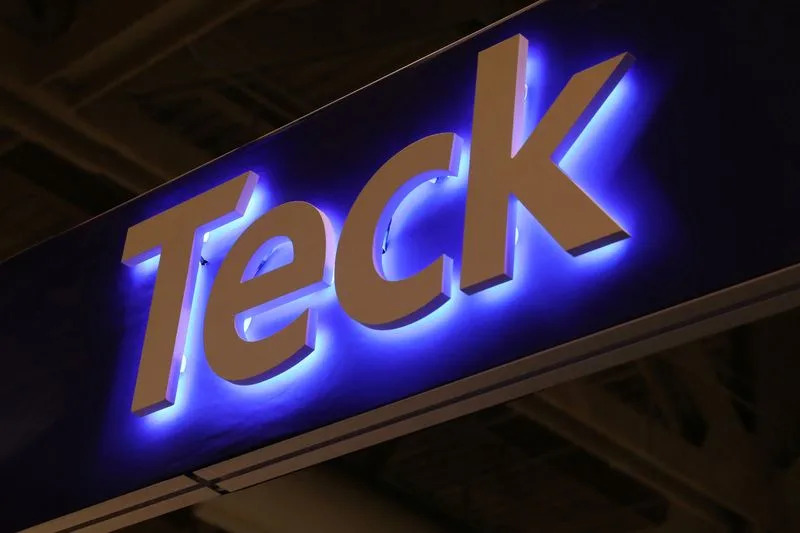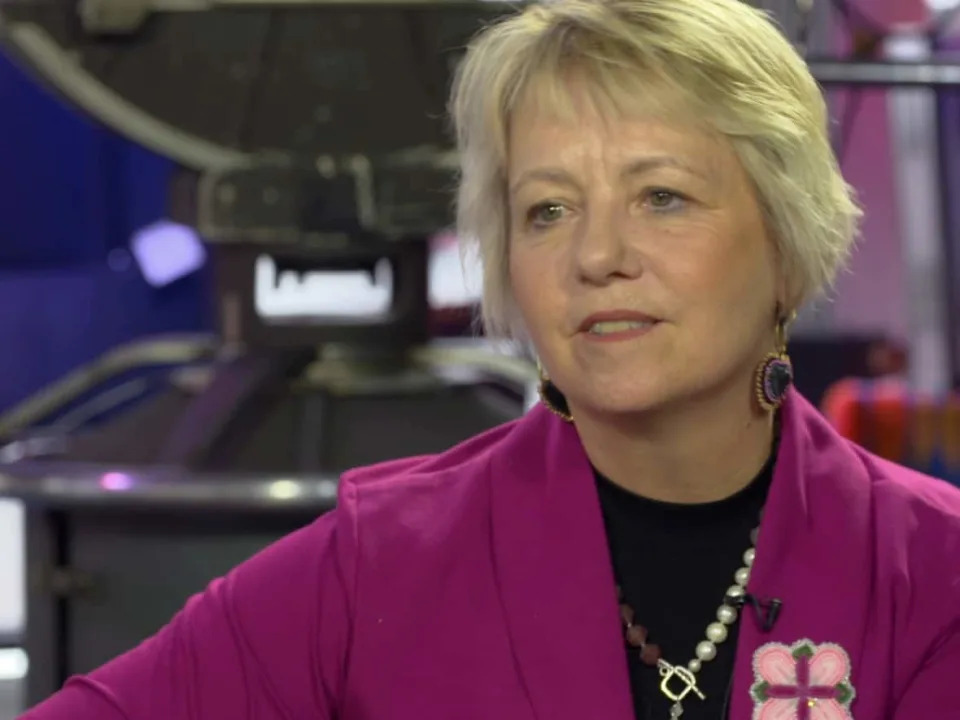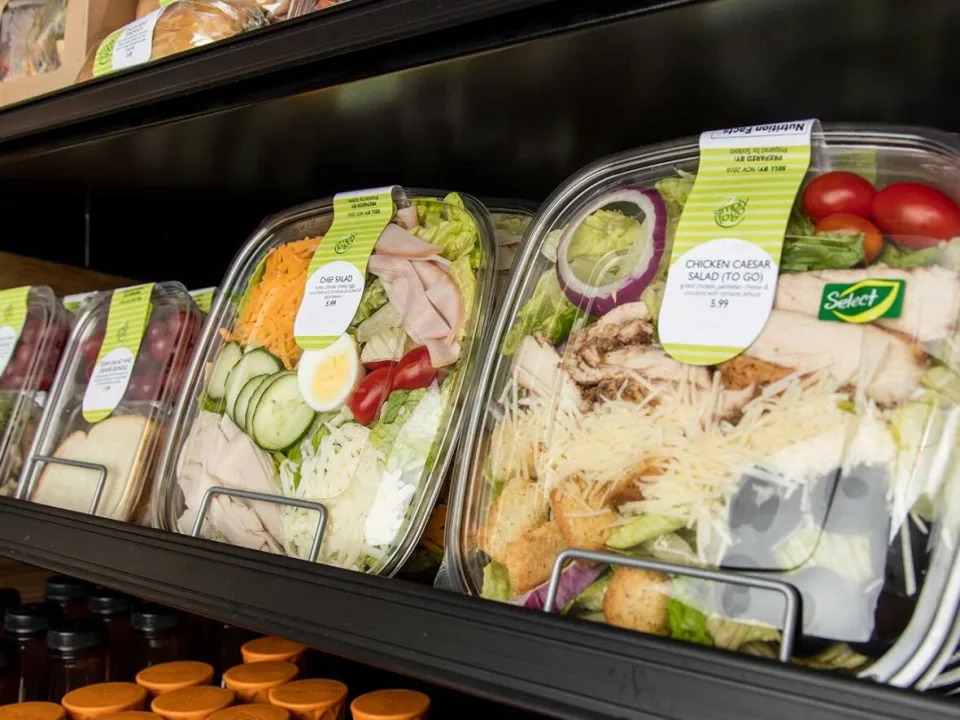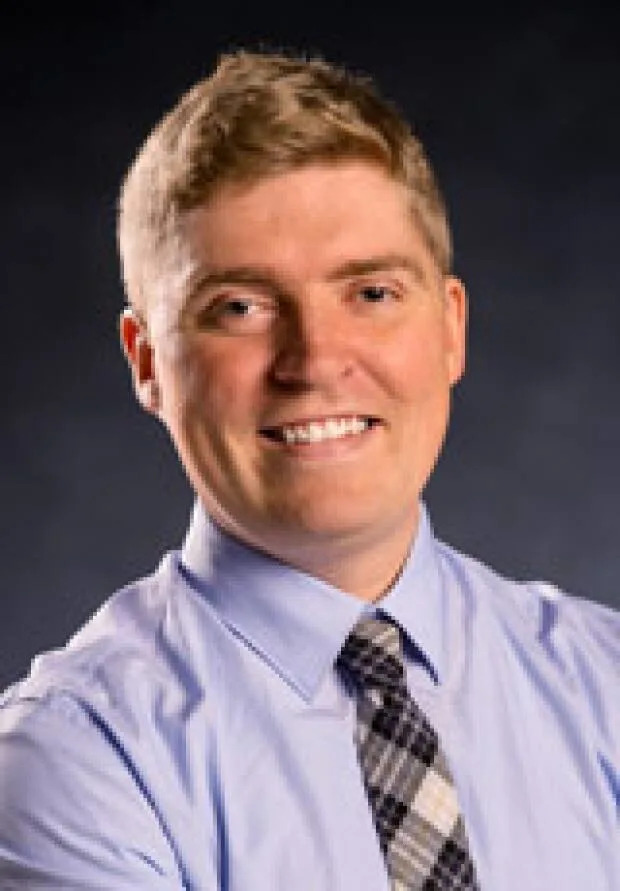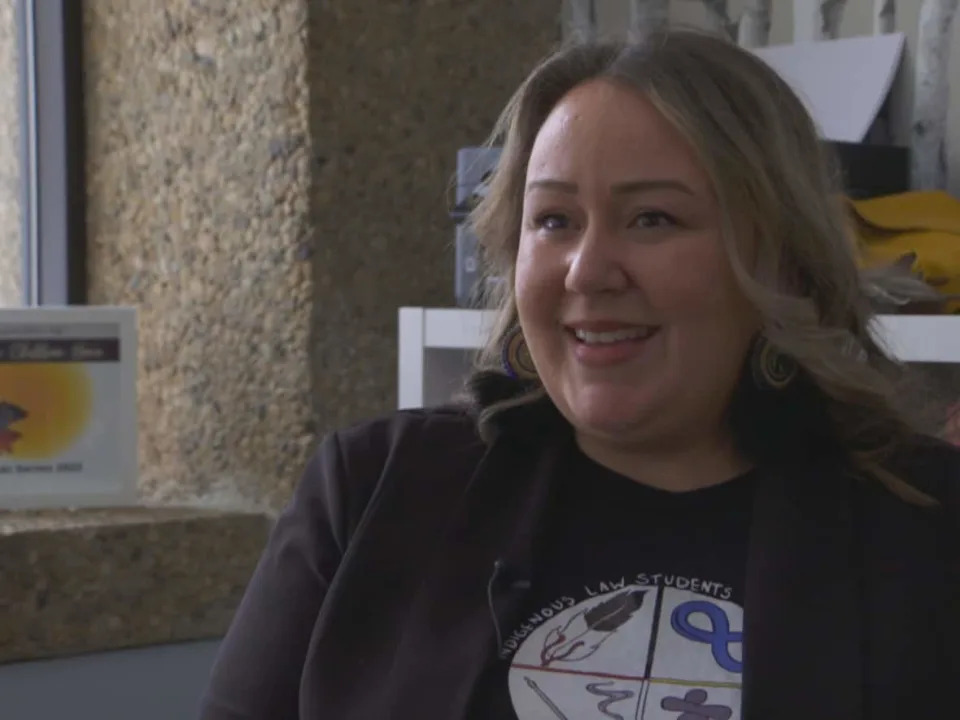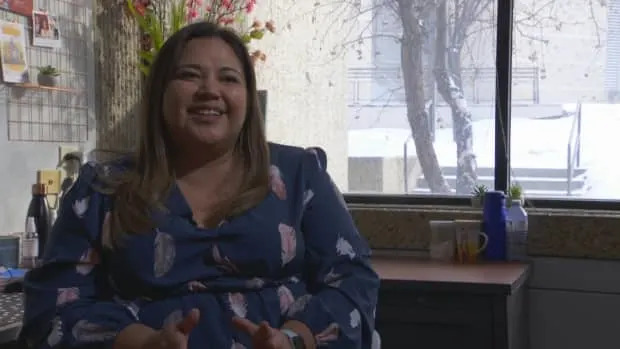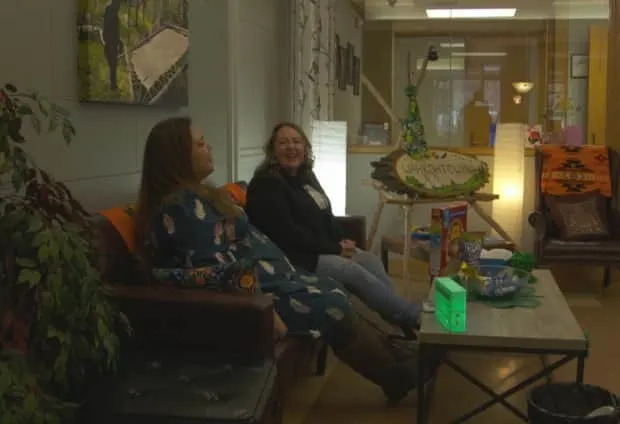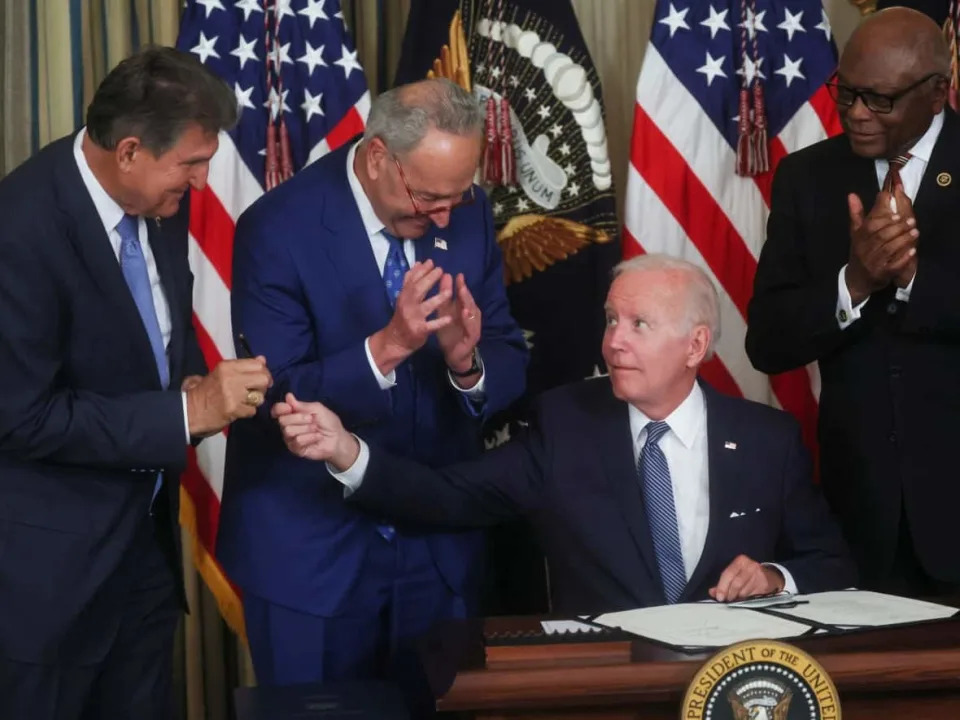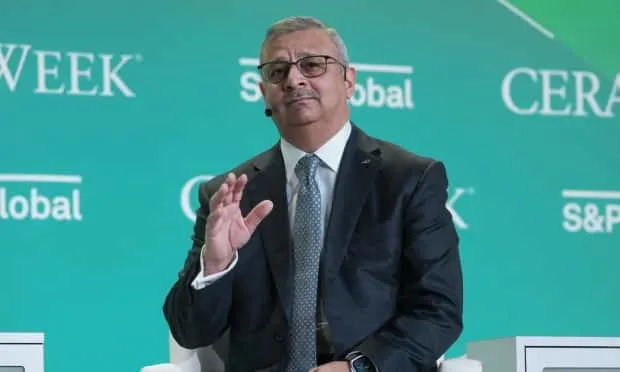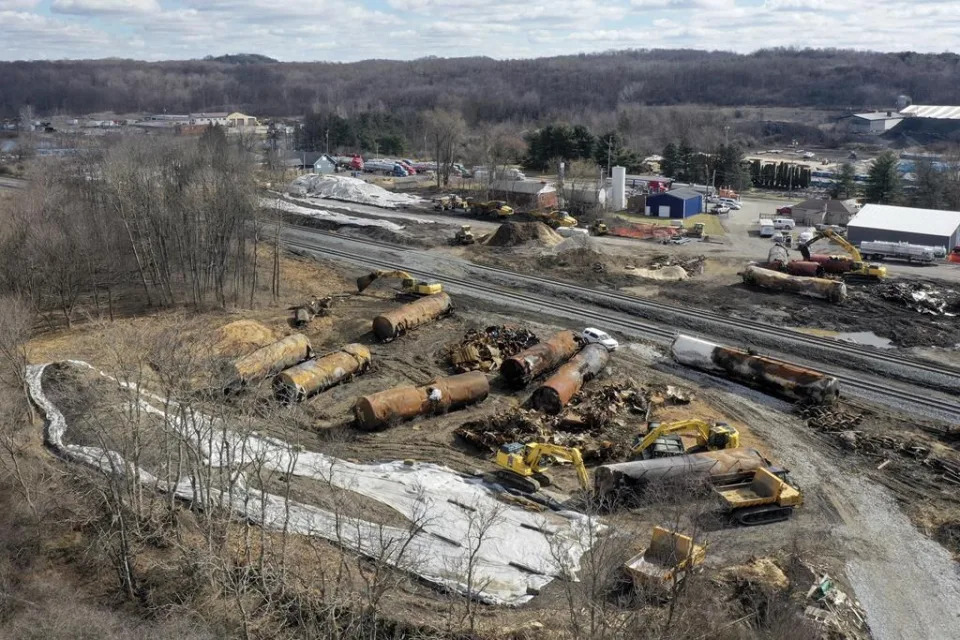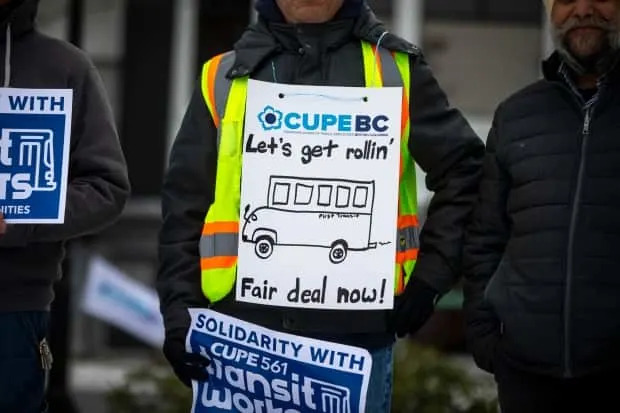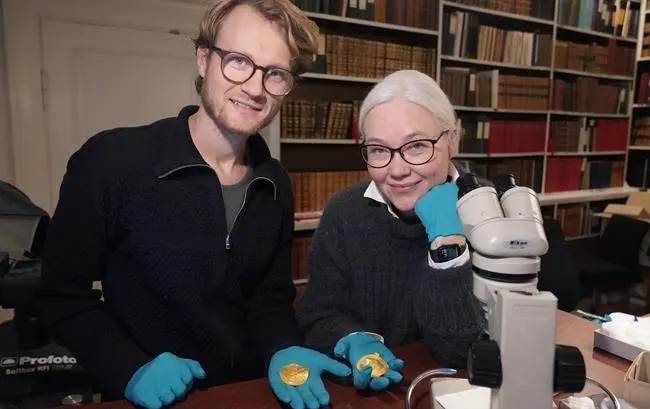Atlantic puffin returns to open water after 'miracle' rescue
Wed, March 8, 2023

This young Atlantic puffin was released into the water off the New Brunswick coast just days after it was found in the middle of a busy road in Riverview. (Atlantic Wildlife Institute/Facebook - image credit)
The tiny Atlantic puffin rescued from a busy four-lane road in southeastern New Brunswick last Thursday has already been released into open water after a short recovery at the Atlantic Wildlife Institute.
Pam Novak of the Atlantic Wildlife Institute said that when the email came in about a tiny bird in Riverview that had clearly lost its way, she thought it was a typo, and the sender meant pigeon — not puffin.
"Luckily, it was found as quickly as it was," she said. "For the gentleman who found him to find him so quickly before it actually got hit by a car is what the miracle of this is — that that bird didn't get injured."
Weighing in at just 400 grams, Novak and her team did some research and concluded the Atlantic puffin was likely a juvenile, going into its second year. It's plumage is dull, and the bill itself didn't have the iconic orange and yellow colours yet.

Submitted by Pam Novak
After an exam, a few days of rest, and a bathtub swimming test, Novak knew the puffin was ready to be released into open water.
"We have a little pool set up to make sure that we can see that activity happening and he passed that test," she said. "Then it was a matter of getting him back out."
When it came time for the release, the bird "was very happy to go," she said as she laughed. "No looking back."
The wildlife care team determined the bird was most likely on its way to Grand Manan or nearby Machias Seal Island, and drove the Atlantic puffin down the Bay of Fundy coast to find open water and a direct route to the breeding grounds.
"The consensus was that it's probably trying to get down to Machias Seal Island, so that's where we put it … and shortened his or her trek to get right to the island."
LISTEN | Pam Novak tells Information Morning Moncton about how a rescued puffin has been returned to the wild:
Novak suspects the lonely puffin may had become disoriented by fog that moved in that morning. It was also a "pretty breezy, snowy kind of day."
While there is no way to know whether the bird will survive, Novak is hopeful.

Atlantic Wildlife Institute/Facebook
"A lot of times you're not going to know what's going to happen. All we can do is put a bird out that we felt was in good healthy condition, didn't show any kind of ailments, just got itself put off track for whatever reason and just give them that second chance."
The last time Novak saw the bird, it was in deep open water — a quiet place she describes as the best spot it could be.
"Last we saw it was diving underwater and it took off and that was that," she said. "So that's all we can ask for."


